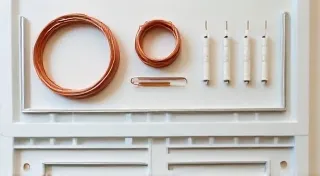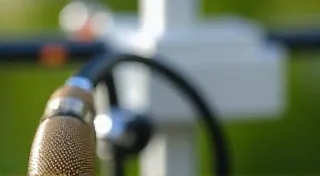SWR (Standing Wave Ratio): Understanding and Reducing It
Standing Wave Ratio, or SWR, is a critical concept in ham radio that directly impacts your ability to transmit effectively. Many newcomers to the hobby find SWR a bit intimidating, but understanding its fundamentals and how to manage it is essential for efficient communication and protecting your equipment. This guide provides a comprehensive overview of SWR, its causes, and practical methods to reduce it.
What is SWR?
SWR is a measurement of how efficiently radio frequency (RF) energy is transferred from your transmitter to your antenna. It's a ratio, represented as a number, that indicates the impedance match between the transmitter's output impedance (typically 50 ohms) and the antenna's impedance. A perfect match, where all power is radiated, results in an SWR of 1:1. A higher SWR indicates a mismatch, meaning a portion of the power is reflected back towards the transmitter.
Why is High SWR Bad?
Reflected power from a high SWR has several negative consequences:
- Reduced Efficiency: Less power is radiated, weakening your signal.
- Transmitter Damage: The reflected power can overheat and damage your transmitter's output stage. Many modern transmitters have protection circuits, but consistently high SWR can stress these circuits and shorten their lifespan.
- Inefficient Operation: You’re wasting power – energy you’re paying for is being reflected back into your equipment.
Causes of High SWR
Several factors can contribute to a high SWR reading. Understanding these causes is the first step in resolving the problem:
- Antenna Impedance Mismatch: The most common cause. The antenna's impedance (resistance and reactance) may not be close to the transmitter’s 50 ohms. This can be due to incorrect antenna design, improper tuning, or changes in the operating frequency.
- Antenna Placement: The antenna's environment significantly affects its impedance. Nearby objects (trees, buildings, metal structures) can alter the antenna's electrical properties.
- Coaxial Cable Losses: Long lengths of coaxial cable can contribute to impedance changes, especially if the cable is not properly terminated.
- Poor Connectors: Corroded or loose connectors introduce impedance discontinuities.
- Incorrect Frequency: Operating the antenna on a frequency it's not designed for will almost certainly result in high SWR.
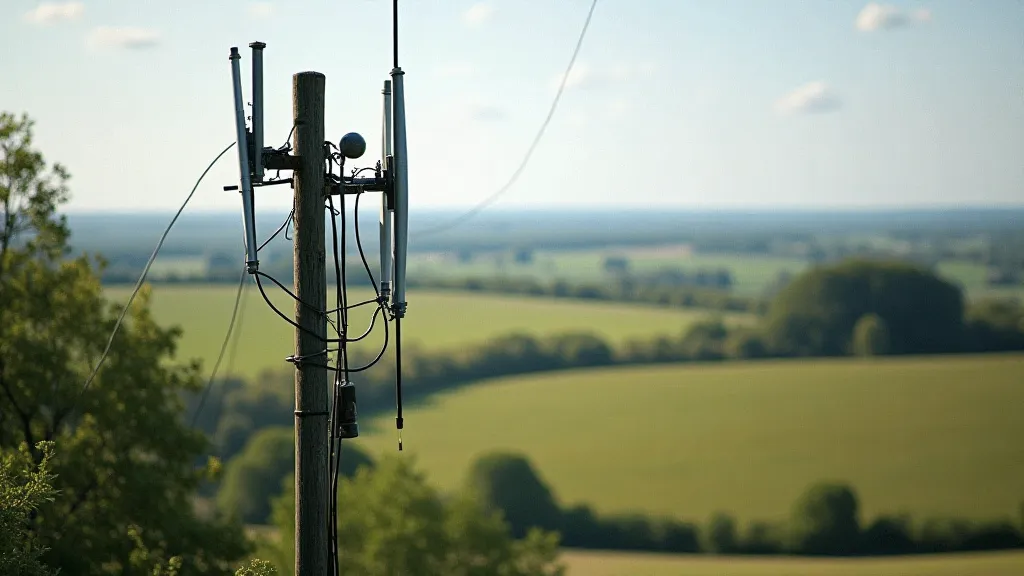
Measuring SWR
An SWR meter is essential for monitoring your SWR. These meters typically connect between the transmitter and the coaxial cable leading to the antenna. Some radios have built-in SWR meters, while others require an external meter. The SWR meter displays a numerical value, and sometimes a graphical representation (VSWR meter) providing visual feedback on the standing wave pattern.
Reducing SWR: Practical Solutions
Here are practical methods to reduce SWR and improve your transmission efficiency:
- Antenna Tuning: Many antennas have adjustable elements (e.g., length of wire, coil taps) that allow for tuning to a specific frequency. Careful adjustment can bring the antenna's impedance closer to 50 ohms.
- Antenna Matching Units (ATUs): An ATU, also known as a tuner, can transform the antenna's impedance to match the transmitter’s impedance. This is particularly useful for antennas that are not easily tuned directly.
- Check Coaxial Cable: Ensure the coaxial cable is of good quality, properly terminated, and free from damage. Use a good quality connector.
- Antenna Relocation: If possible, experiment with relocating the antenna to a different location to minimize the influence of nearby objects.
- Professional Installation: For challenging installations, consider consulting with a professional antenna installer.
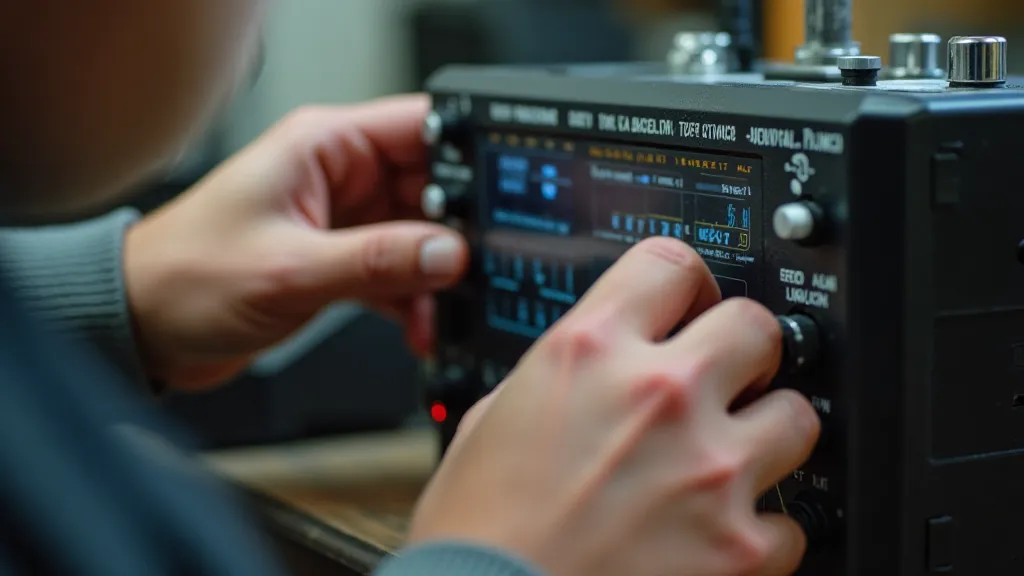
Understanding Reactance
SWR meters often display a reactance component (expressed as +j or -j) along with the SWR value. Reactance indicates whether the antenna impedance is capacitive (+j) or inductive (-j). Reactance *must* be addressed when tuning. An ATU can handle both resistance and reactance, but understanding what the reactance represents is crucial for accurate tuning.
Safe Operating Practices
Always monitor your SWR while transmitting. Most modern transmitters have SWR protection circuits, but relying on these alone isn't a substitute for regular monitoring. Keep your SWR as low as possible – ideally below 2:1, and preferably closer to 1:1. If your SWR consistently remains high despite your best efforts, investigate the cause thoroughly to avoid potential damage to your equipment.
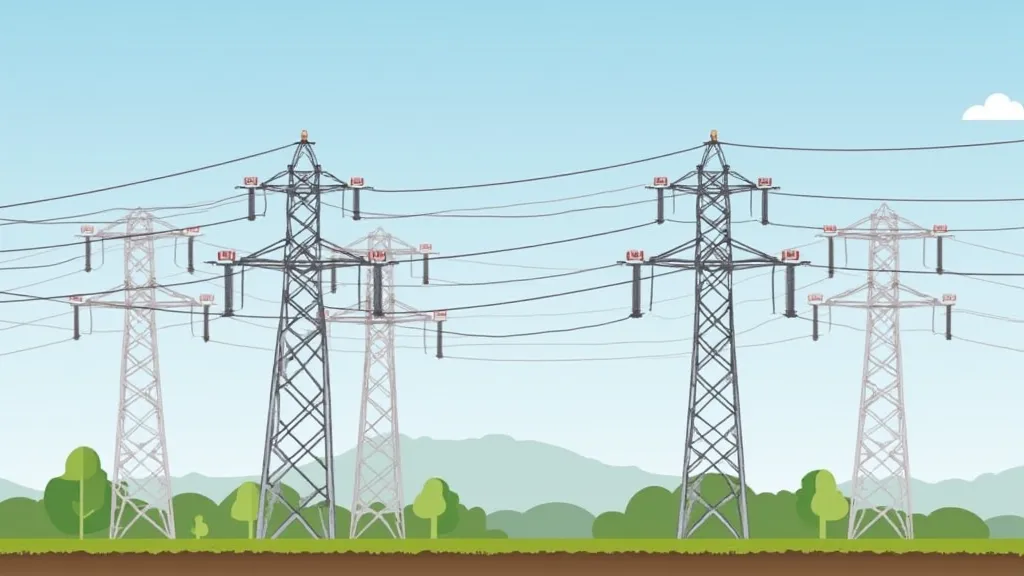
Reducing SWR is a skill that improves with practice. By understanding the underlying principles and applying the techniques described above, you can optimize your ham radio setup for efficient and reliable communication.



